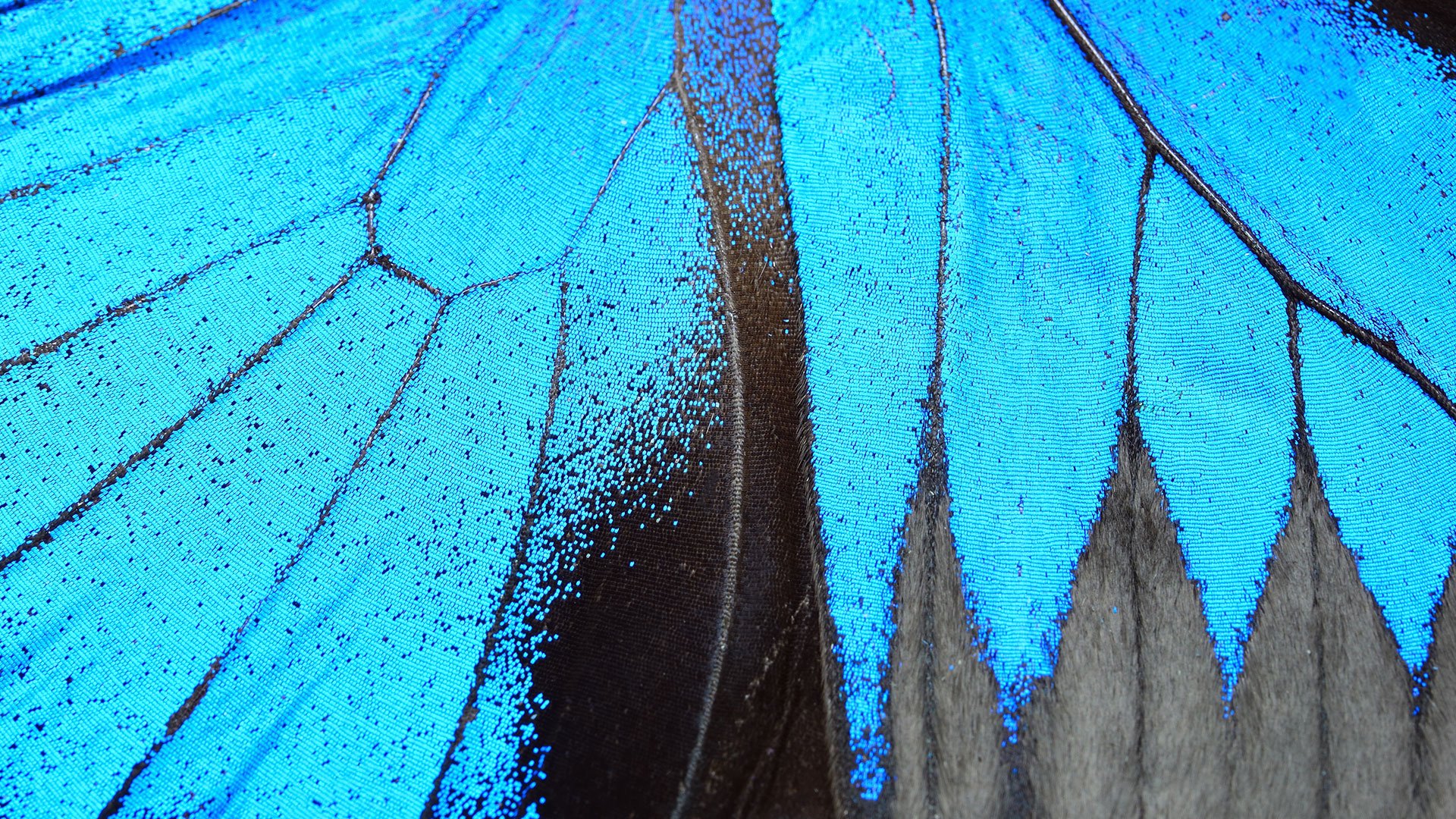
SURGICAL
Advanced Dermatology Surgical Solutions
At Monarch Dermatology, we specialize in Mohs Surgery and Excisional Surgery.
Mohs surgery is a precise surgical technique used to treat skin cancers such as basal cell and squamous cell carcinoma. It involves removing the cancerous tissue layer by layer, and each layer is examined under a microscope immediately after removal. This process continues until no cancer cells are detected in the tissue layers. Mohs surgery is highly effective because it allows the surgeon to verify that all cancer cells have been removed at the time of surgery, minimizing the removal of healthy tissue and leaving the smallest possible scar. This method is especially useful for treating cancers in areas where preserving cosmetic appearance is important, such as the face. Dr. Saad is board certified to perform Mohs surgery and offers the procedure in the clinic under local anesthesia to eligible patients.
Excisional surgery is a procedure to remove skin lesions, ranging from benign moles to cancers like melanoma, as well as lipomas, cysts. It involves numbing the area with local anesthesia, excising the lesion with a margin of healthy skin for complete removal, and then suturing the wound. The excised tissue is examined in a lab to ensure all abnormal cells are removed. This surgery is commonly performed in our clinic, and is crucial for both treatment and diagnosis of skin conditions.
Frequently Asked Questions
-
Any surgical intervention on the skin can potentially leave a scar. However, dermatologic surgeons are skilled in techniques designed to minimize scarring and promote effective healing. The extent of scarring also depends on the type of surgery, the location on the body, and individual factors like skin type and the body’s healing process.
-
The duration of Mohs surgery can vary significantly depending on several factors, including the size, depth, and location of the skin cancer, as well as the number of layers of skin that need to be removed and examined. Typically, the process involves removing a layer of skin and then examining it microscopically for cancer cells. This cycle is repeated until no cancer cells are detected. Each cycle can take about 1 to 2 hours, depending on the complexity of the case and the efficiency of the laboratory processing the tissue. On average, patients should expect the procedure to take anywhere from a few hours to the entire day. It's best for patients to plan for a full day and to bring something to keep them occupied between stages of the procedure.
-
Mohs surgery is highly regarded for its precision and effectiveness, especially in treating certain types of skin cancer. The success rates of Mohs surgery are among the highest of any treatments for skin cancer, particularly for basal cell carcinoma (99%) and squamous cell carcinoma (98%).
These high success rates are largely due to the methodical way in which tissue is removed and examined during the procedure, ensuring that all cancerous cells are removed while preserving as much healthy tissue as possible. This accuracy makes Mohs surgery particularly valuable for treating cancers in cosmetically and functionally important areas such as the face and neck.
-
Some discomfort or pain can be expected after dermatologic surgery. The level of pain depends on the nature and extent of the surgery.
-
Coverage for dermatologic surgery often depends on whether the procedure is deemed medically necessary or is performed for cosmetic reasons. Surgeries for skin cancer or other medical conditions are generally covered by health insurance, but cosmetic procedures are usually not covered. It is important to check with your insurance provider prior to surgery to understand your coverage details and any potential out-of-pocket costs.



